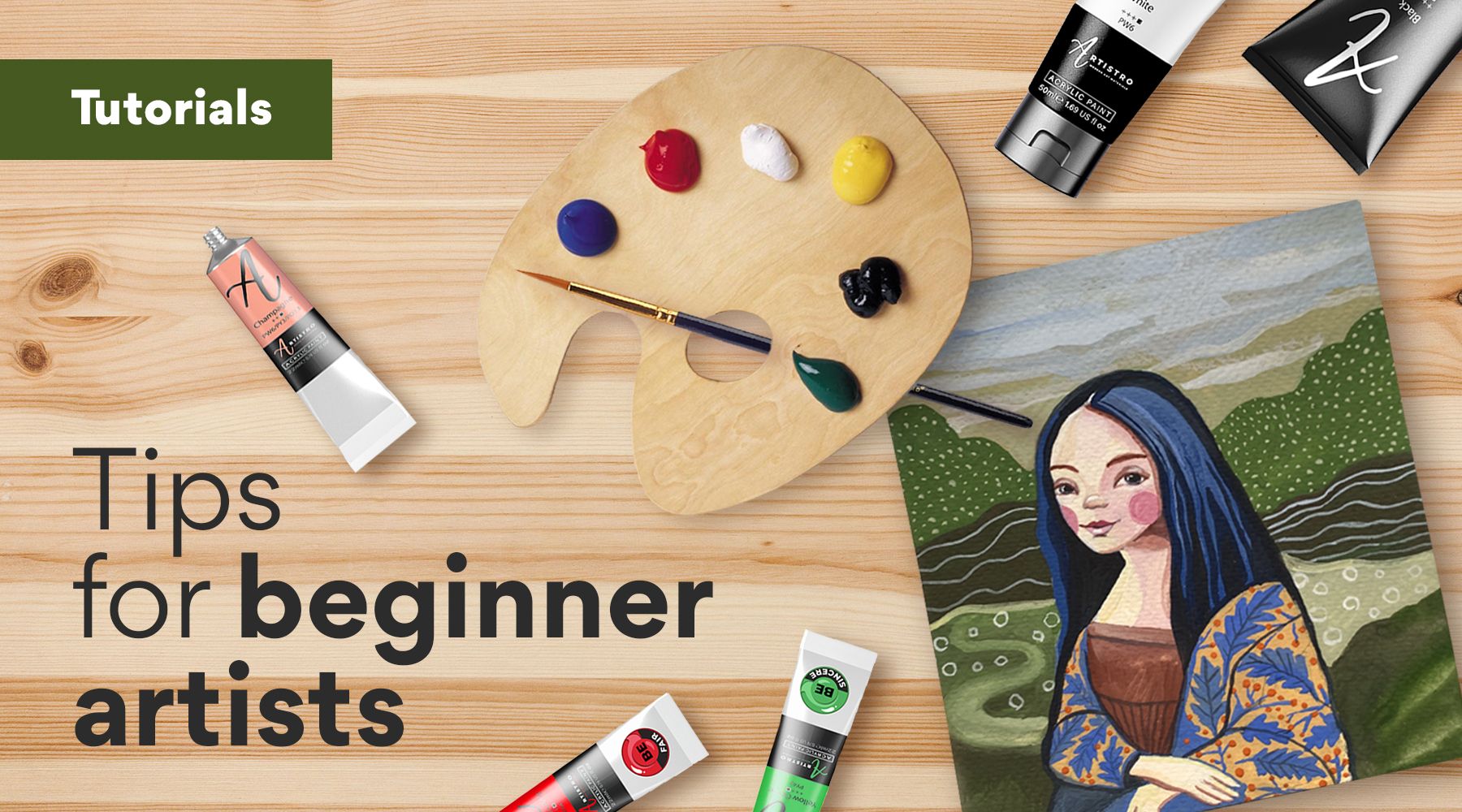CJ Attard Insights
Exploring the latest trends and insights in various industries.
Color Me Curious
Unleash your imagination with Color Me Curious! Dive into vibrant art, creative inspiration, and endless color adventures. Explore now!
Exploring the Psychology of Color: How It Affects Your Emotions
Colors have a profound impact on our emotions and behavior, often influencing our mood without us even realizing it. For example, the color blue is known for its calming effects, often associated with tranquility and stability. In contrast, vibrant shades of red can evoke feelings of excitement and urgency, making it a popular choice for brands that aim to attract attention. Understanding the psychology behind color can help individuals and businesses make informed decisions in various contexts, from interior design to marketing strategies.
Moreover, cultural context plays a significant role in how we perceive colors. For instance, while white is seen as a symbol of purity in many Western cultures, it can represent mourning in some Eastern cultures. This dichotomy illustrates the importance of considering both psychological and cultural aspects when exploring the emotions that colors can elicit. By delving deep into the psychology of color, we can better understand our responses to different hues and utilize this knowledge to enhance our environments and interactions.

Color Theory 101: Understanding the Basics of Color Mixing
Color theory is a fundamental concept in the world of art and design that helps us understand how colors interact and the effects they can produce when mixed. At its core, color mixing relies on the principles of additive and subtractive color methods. In additive color mixing, which is used in light sources such as screens, the primary colors are red, green, and blue (RGB). When combined, they create secondary colors: cyan, magenta, and yellow. Conversely, subtractive color mixing, used in painting and printing, revolves around the primary colors of cyan, magenta, and yellow (CMY), where mixing these colors absorbs light and results in a darker shade.
Understanding the basics of color mixing also involves knowing the color wheel, which visually represents the relationships between colors. The wheel is typically divided into primary, secondary, and tertiary colors. Here are some key points to remember:
- Primary colors cannot be created by mixing other colors.
- Secondary colors are formed by combining two primary colors.
- Tertiary colors result from mixing a primary color with a secondary color.
What Does Your Favorite Color Say About You?
Your favorite color can reveal a lot about your personality and emotional state. For instance, red is often associated with passion, energy, and excitement. Individuals who favor red are typically seen as confident and assertive, often taking charge in social situations. On the other hand, those who prefer blue are generally perceived as calm, trustworthy, and dependable. This connection to colors and personality traits has intrigued psychologists for years, leading many to believe that our color preferences can reflect deeper aspects of who we are.
Moreover, colors can influence how we perceive ourselves and how others perceive us. For example, individuals who lean towards yellow, the color of sunshine, are frequently seen as optimistic and cheerful, demonstrating a zest for life. In contrast, those who are drawn to green often exude a sense of balance and harmony, suggesting a deep connection to nature. Understanding the significance of our favorite colors can not only enhance your self-awareness but also provide insights into your interactions with others in social and professional environments.